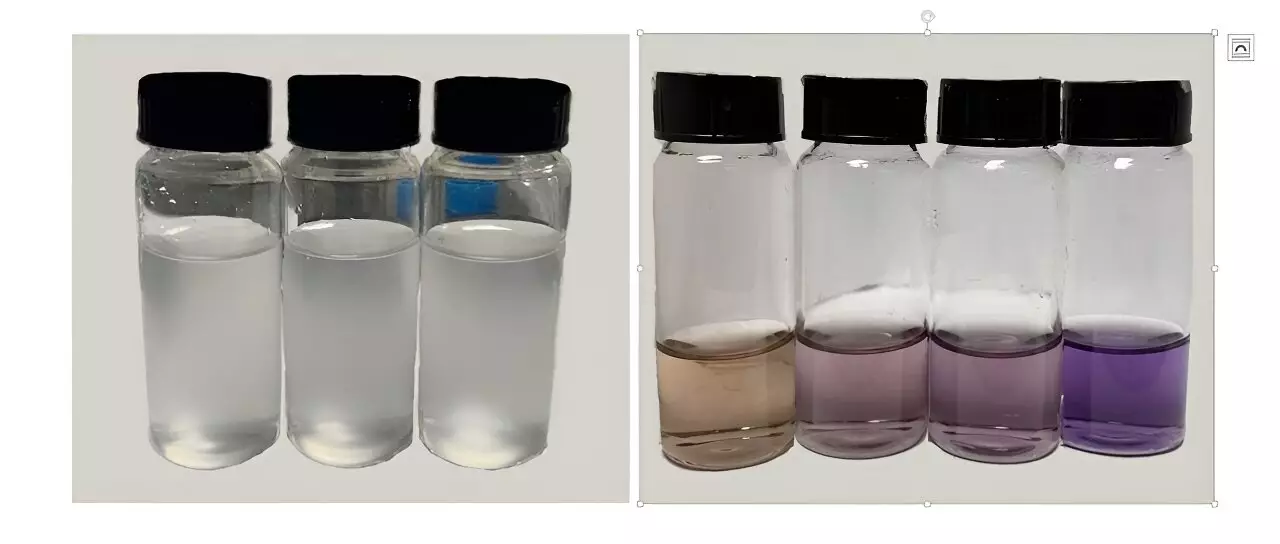Researchers at São Paulo State University (UNESP) in Brazil have pioneered a groundbreaking strategy for eliminating glyphosate, a commonly used herbicide, from water sources. Drawing inspiration from the concept of the circular economy, this innovative technique utilizes sugarcane bagasse, a waste material generated by sugar and ethanol plants. Maria Vitória Guimarães Leal, the first author of a research article published in the journal Pure and Applied Chemistry, explains that “isolated and chemically functionalized sugarcane bagasse fibers can be used as adsorbent material. Glyphosate adheres to its surface and is removed as a water contaminant by filtration, decantation, or centrifugation.”
The process of adsorption, where molecules in a liquid or gas adhere to a solid surface, serves as the basis for this innovative technique. Glyphosate, valued for its cost-effectiveness and ability to enhance crop yields, is frequently employed to control the growth of unwanted plants like weeds, invasive species, and agricultural pests. However, scientific studies have raised concerns about the potential health hazards of glyphosate, including its possible link to cancer. As a result, several countries, such as Austria, Bulgaria, and Germany, have restricted or banned the use of glyphosate-containing products. In Brazil alone, an astonishing 173,150.75 metric tons of these products are used annually, some of which find their way into water ecosystems through rainwater runoff.
Scientists at UNESP’s School of Sciences and Technology (FCT) in Presidente Prudente developed a methodology to effectively extract glyphosate from water. Led by postdoctoral fellow Guilherme Dognani and Professor Aldo Eloizo Job, the researchers discovered a novel approach utilizing sugarcane bagasse. Dognani explains the procedure, stating that “the bagasse is shredded and the cellulose is isolated by separating it from the hemicellulose and lignin. The cellulose fibers are then functionalized by adding quaternary ammonia groups to the surface, resulting in a positive charge. These cationic cellulose microfibers readily bind with glyphosate.”
During their study, the researchers focused on pH variation as a key parameter. Leal highlights the importance of this factor, stating that “when pH is varied, both the adsorbent material and glyphosate display different molecular configurations. The optimal level for interaction between them, leading to the highest adsorption and removal efficiency, is pH 14.” To assess the adsorption capacity, the team prepared fractions of a glyphosate solution with varying pH levels of 2, 6, 10, and 14. Identical amounts of functionalized cellulose microfiber were added to each fraction, and the flasks were agitated for 24 hours. The samples were then analyzed using visible light spectrophotometry, and the removal efficiency and adsorption capacity were calculated based on the initial and final glyphosate levels.
The use of sugarcane bagasse as an adsorbent material for removing glyphosate presents a sustainable solution to an environmental concern. This innovative approach demonstrates the potential for repurposing waste materials and adopting more eco-friendly practices in various industries. By integrating circular economy principles into water treatment processes, we can reduce the impact of harmful chemicals on the environment and safeguard the health of both humans and aquatic ecosystems.
The research conducted at São Paulo State University serves as a significant step towards mitigating the negative effects of glyphosate on water sources. Collaborative efforts between scientists, policymakers, and industry leaders are crucial in driving widespread adoption of this sustainable technique. Additionally, international cooperation is essential to ensure that water treatment practices are aligned with global sustainability goals. Through knowledge-sharing and continuous innovation, we can create a cleaner and safer future for our planet.
São Paulo State University’s research on removing glyphosate from water using sugarcane bagasse offers a promising solution to a pressing global issue. By harnessing the power of the circular economy, this innovative technique sets a new standard for sustainable water treatment. With further development and implementation, this approach has the potential to revolutionize water treatment practices worldwide, paving the way for a cleaner, healthier, and more sustainable future.


Leave a Reply